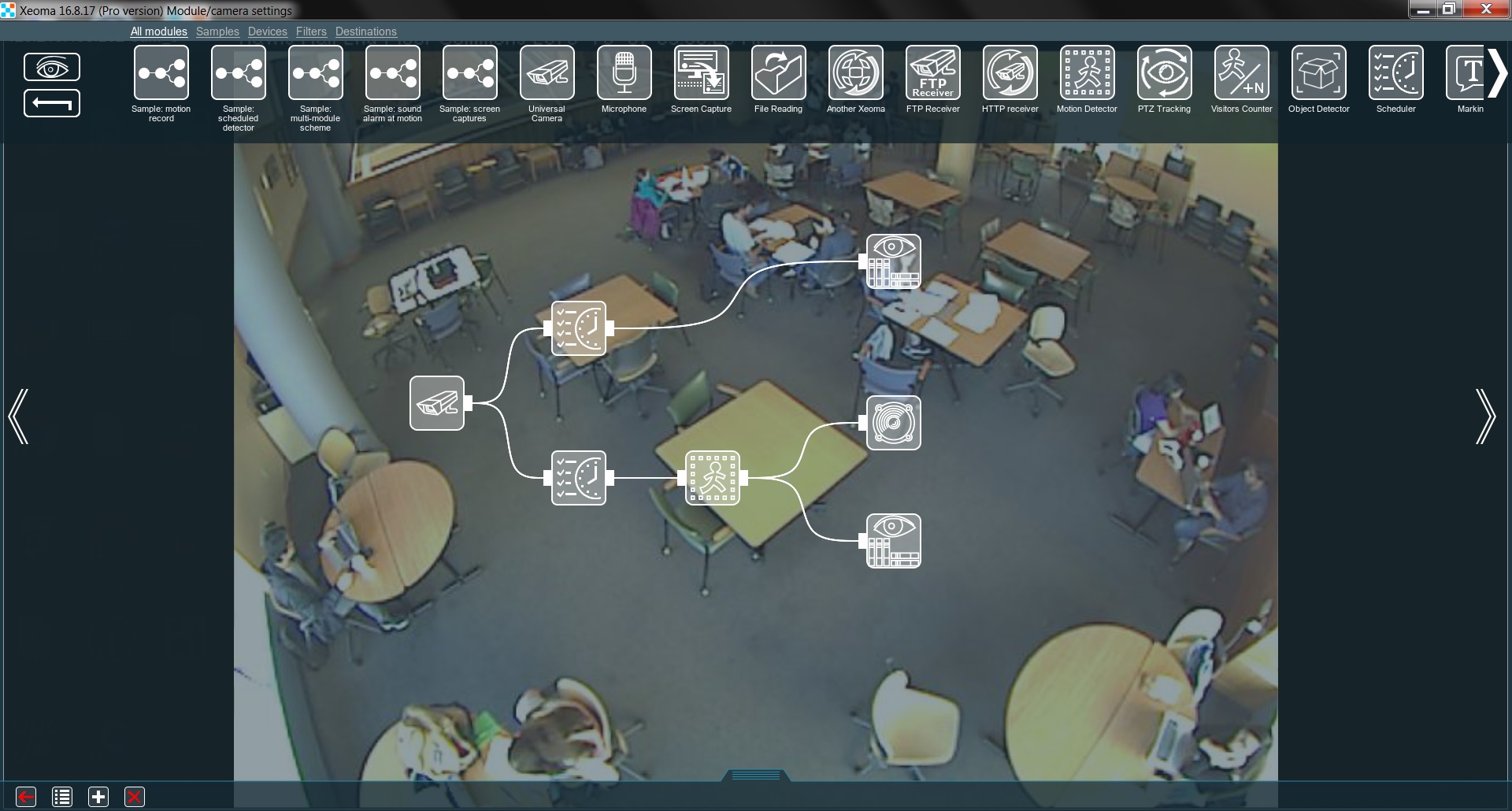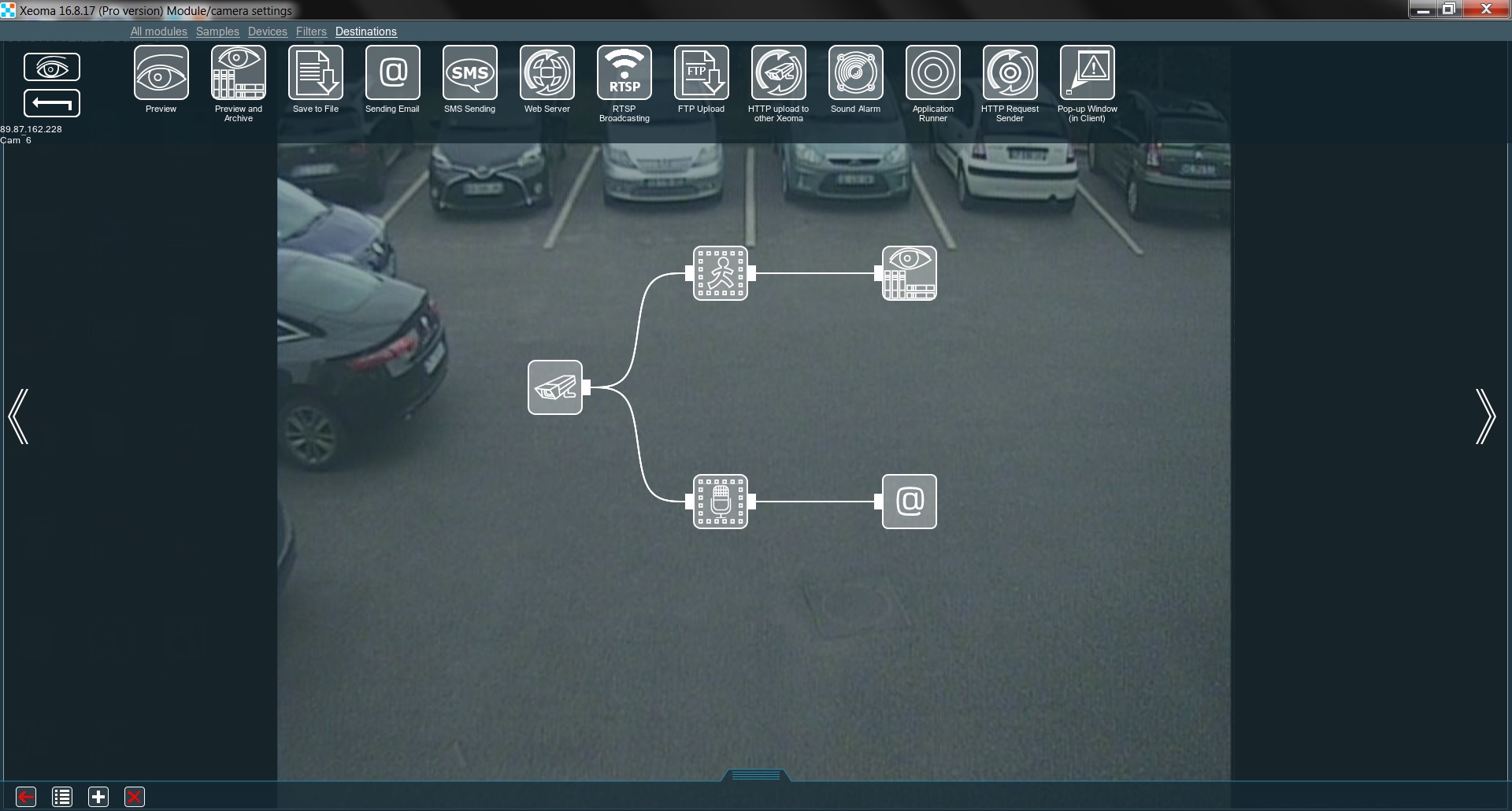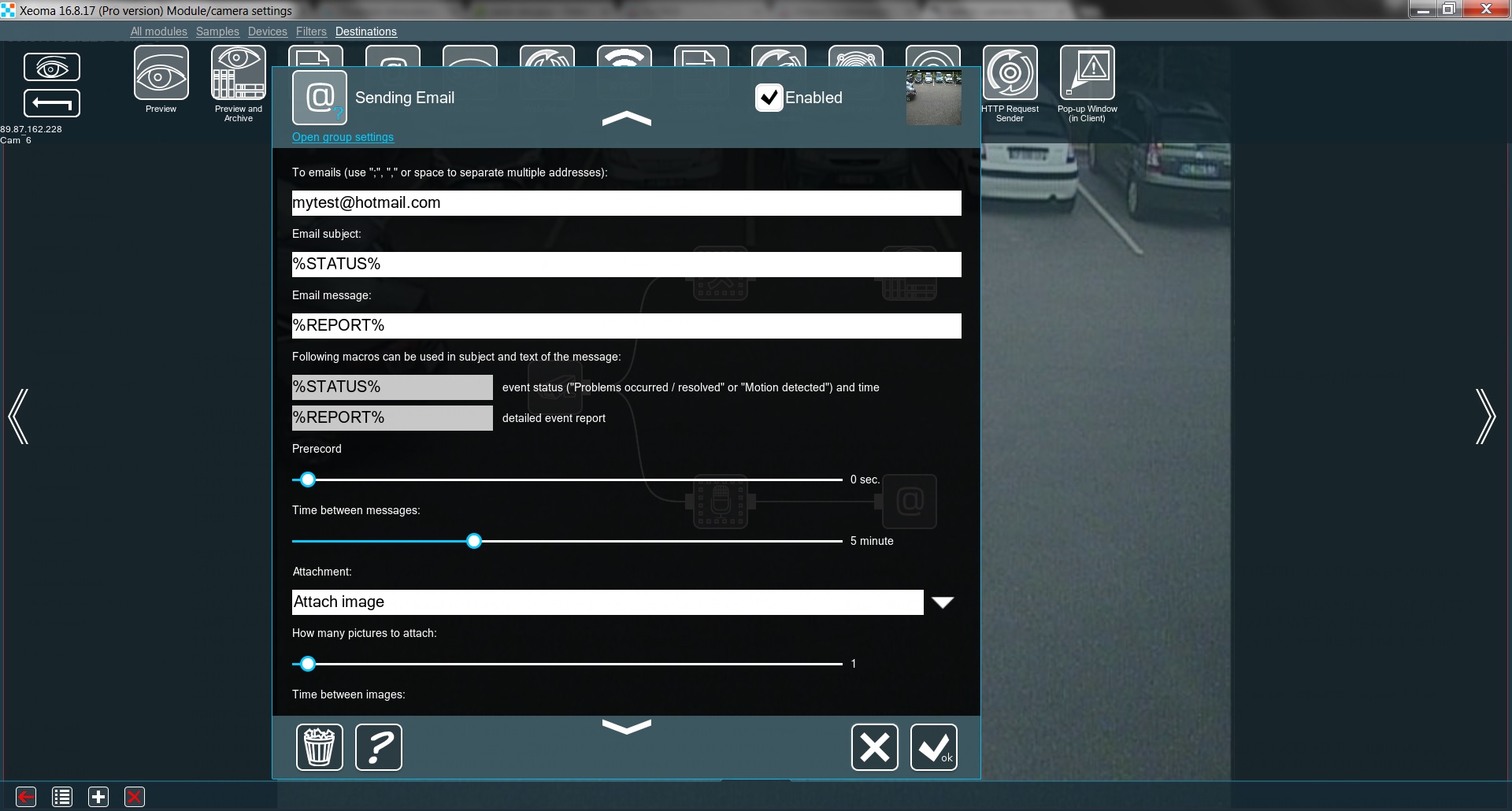Hotel Security

Security is a point of particular concern for an ever-increasing number of people all over the globe. If you provide any kind of service or sell any kind of product, you need to make sure that your clients are well-protected (otherwise, the blow to your reputation may prove to be fatal). Safety is, slowly but steadily, becoming number one factor people consider before making a decision. Thus, it is only natural for them to look for the best possible security in places they live in, even temporarily. That is why hotels and resorts of every kind are constantly looking up to the security industry to improve their security measures, so that the lodgers would feel truly at home. This article will take a closer look at how such security can be installed and managed.
The first and foremost matter to consider before installing video surveillance in a hotel is privacy.
All cameras must be restricted to public places only: lobby, corridors, stairs, restaurants, etc.
Within those places, however, hotel security can be as tight as needed. For example, a restaurant can have a fish-eye (360°) camera in the middle, a couple of bullet-cameras in the corners, one for the cash register (preferably, with high resolution) and one for the entrance. The security industry has worked with this scenario countless times.
Another important area for careful monitoring is the front desk. Usually, at least one high-resolution camera keeps it under control at all times. If a pegboard is used for storing keys, another camera is needed specifically for it.

Most hotels have elevators installed to facilitate navigation between floors, that is why regular stairs rarely get any attention. Interestingly, this is a perfect place for security cameras, since those who would rather avoid any attention usually don’t use elevators. Thus, whenever some non-personnel is spotted on the stairs, it is a valid cause for scrutiny, one hotel security should readily consider.
This covers the interior of the resort, there is still the exterior to consider. Proper surveillance on the outside should be handled as seriously as the one inside. Many hotels have parking lots for their guests’ vehicles and valets to facilitate the whole process.
These areas tend to hold rather expensive property (cars) and, as such, require 24/7 monitoring.
The shipping and receiving area also needs to be overlooked by at least a couple of cameras. There are several reasons for that.
Sometimes, delivery vehicles crash near this area, so the footage can help in figuring out who was at fault.
Keeping track of all the delivered goods can also be a challenge without being able to verify everything by consulting the relevant footage.
Naturally, all this requires an extensive security system, one particularly hard to manage. Or does it? Let us see how to make Xeoma handle hotel security.
Hotel security with the Xeoma video surveillance software
We will start with the restaurant scenario. Much like other public places, restaurants do not require 24/7 surveillance as they have a schedule they adhere to. In order to keep it simple and secure, you can use a chain like this:

One of the “Scheduler” modules is set to daytime working hours and simply stores the footage via the “Preview and archive” module. The other one monitors the restaurant during nighttime and employs the “Motion Detector” to spot any suspicious activity. When the detector is triggered, it keeps the footage in another “Preview and archive” module and also sets off the “Sound Alarm” module.
Now let us move to parking lots. Here is a good way to start:

In this chain, the “Motion Detector” stores all the movement in the “Preview and archive” module, so it’s easy to check which car went where. However, if an accident happens, producing a rather loud noise, the “Sound Detector” is also triggered. It, in turn, sets off the “Sending Email” module, so that you can be instantly notified. You can also make it attach a picture of the accident as well:

It is certainly beneficial for resorts to take advantage of the modern security industry.
19 October 2016
Read also:
Hospitality video surveillance: how video analytics enhances guest safety
Video surveillance in the HoReCa industry
How to Avoid False Alarms
How Motion Detector Works
Typical Applications of Xeoma